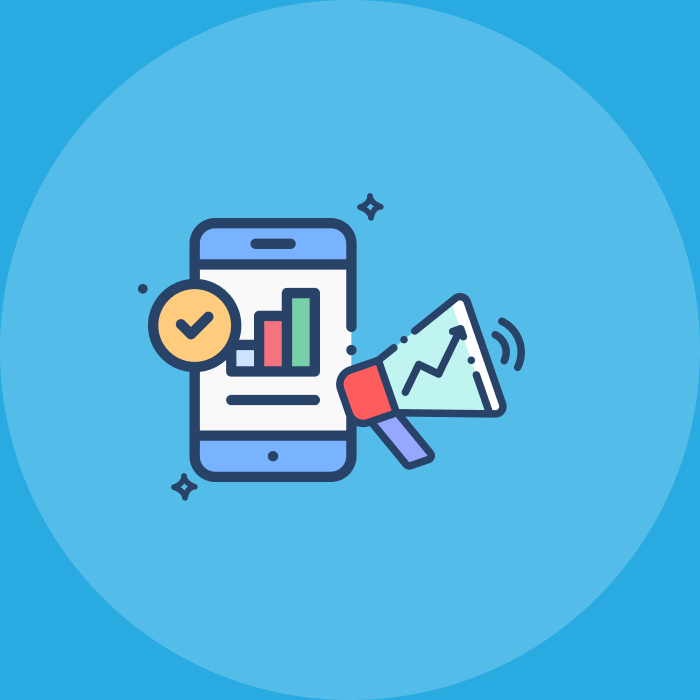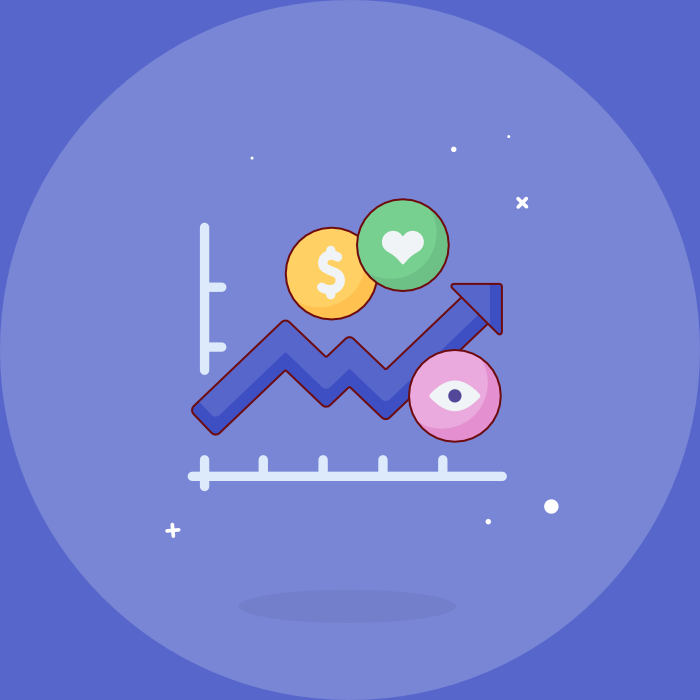Modern technologies have the ability to modify any industry or job function overnight—including B2B sales. Technology helps to boost up organisations from a broken tactic to customer experience to a desegregated revenue-generation model for a truly customer-centric B2B experience.
The B2B purchasing process is simple enough to understand, but the process itself is not that simple. It is a complex process with a lot of interconnected steps that need to be completed before a purchase is actually made. Unlike B2C, where a customer might simply buy a product on impulse, B2B purchases need approval and a lot of research.
First, you need to identify a need to make a purchase, which usually arises due to low inventory. Then you need to gather requirements, assess suppliers, ask for quotes, negotiate prices, seek approval, and a lot more. And it is not limited to just one department, and a lot of teams and employees are involved in the purchase process.
Given the number of people and steps involved, it becomes really difficult to maintain accuracy and accountability throughout the B2B purchase process.
This is where technology can help B2B buyers simplify their processes and make them more streamlined and cost-effective.
Technology can either automate entire tasks or provide support in executing tasks better. There are various technologies to support each and every aspect of the B2B purchasing process to make it better. Whether it is automation, the Internet of Things, analytics, or simply co-browsing, technology helps improve your B2B purchasing process in numerous ways.
Here are some of the broad ways in which technology can improve your B2B purchasing process:
1. Helps Buyers Make Better Purchase Decisions
One of the biggest advantages of technology is buyer enablement. According to Gartner, buyer enablement means that technology equips buyers with information to make better purchase decisions, faster.
Buyers do not need to talk to sales reps to seek information now. Technology has made it possible to get all of the information required to make a purchase at the touch of a button. In fact, buyers now get 27% of all information by researching online.
This means that buyers are enabled by technology to seek information that helps them make better purchase decisions.
And it also makes the process easier for them. The purchase process, without the help of technology, is a complex process. According to a Gartner study, 77% of buyers think that their last buying process was complex.
Technology can help simplify the process by providing easy access to all required information about a product or a vendor that buyers need to make a decision. This information could be sought from suppliers’ websites, tutorials, product demos/guides, whitepapers, customer testimonials and a lot more.
There is no lack of information that is available online that can help buyers make better purchase decisions.
So, the biggest way in which technology has changed the B2B purchasing process is by reducing the role of sales and enabling the buyers to have more control of the purchase process.
2. Makes the Process More Efficient and Cost-Effective
Technology can improve the entire purchasing process and make it more streamlined and efficient. In fact, the entire purchasing process can be automated to save time and money.
You can create an online catalog of products and preferred vendors for each. And, every time there is a requirement, an order can be placed automatically. Approvals can be sought online, and budgets could be set to avoid any overspending.
By taking the purchase process online, you can reduce the time it takes to process orders. Moreover, all orders can be tracked from one dashboard, making it easy for everyone involved to access information.
Recommended: 6 Keys to a Successful B2B Brand Positioning
Technology not only helps with order placement, processing, and tracking but can also help with matching invoices and ensuring the accuracy of transactions. This avoids any errors and hence, saves money and time.
There are several e-procurement tools and software available that can help you manage and optimize your entire purchase order process.
3. Technology Reduces Human Errors in the Process
Another big advantage that technology provides is that it reduces human errors in your B2B purchasing process. This is especially helpful for repetitive, routine processes like invoicing that are monotonous and prone to errors.
Technology helps automate such repetitive processes so that your employees can focus on something more important. And it ensures a much higher level of accuracy than a manual process, as it eliminates all human error. It also avoids the use of paper for invoices, receipts, etc., which can be easily misplaced.
By taking the process online, all records can be maintained accurately, without the chances of information getting misplaced or damaged. Overall, you can have an automated and practically error-free purchasing process to fulfill all your buying needs.
4. Enables Easier and Faster Communication With Suppliers
Technology has improved the way we connect with each other. There is practically no need for physical meetings as everything can be done online. From having virtual meetings to co-browsing, all communication with the supplier teams can be done instantaneously and remotely.
Technology like co-browsing allows you to interact with vendors in real-time, where you can share screens and look at the same information. This means that you can have product demos and discussions remotely.
You can also ask questions or get solutions to product-related challenges from the suppliers’ teams. This will help you get better and faster customer support without waiting for someone to come on-site and solve your challenges.
5. Provides Insights Into Historical and Current Data
Keeping all records and purchase data online provides better visibility of your spending over a period of time. It provides you with detailed insights as you have access to years of historical data that you can analyze simply using analytical tools and software.
You can identify areas where you’re spending the most and devise a plan to reduce costs. You can identify opportunities to negotiate better contracts or change vendors.
You can use these insights to improve your purchase process, streamline it, and reduce costs.
Conclusion
A B2B purchasing process can be quite complex, long, and error-prone. Leveraging technology can help you streamline the process and make it more efficient and cost-effective.
It can also help you identify opportunities to negotiate better purchase contracts and change vendors to get the best deals. It enables you to make purchase decisions much faster than you would in the case of a manual process.
Overall, technology can help you at every stage of your purchase journey to make better buying decisions. So, leverage technology to automate or improve your processes and make better buying decisions.
Do you know of any other interesting benefits of using technology to improve a B2B buying process? Feel free to share with us in the comments section.
Subscribe to weekly updates
You’ll also receive some of our best posts today






